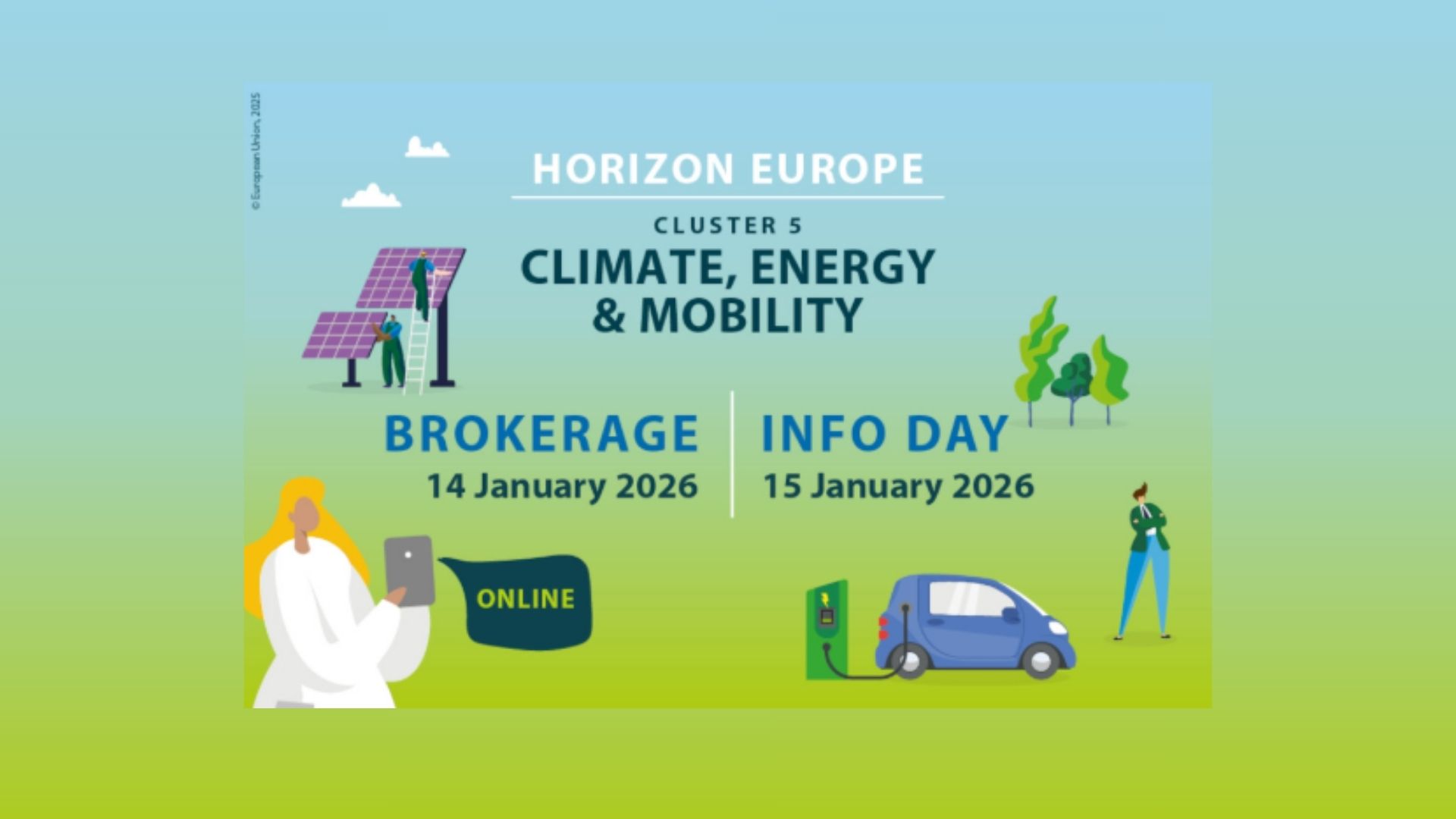EUCAD2025: Accelerating Europe’s journey towards Connected and Automated Mobility
The 5th European Conference on Connected and Automated Driving (EUCAD2025) from 13-15 May brought together over 400 experts, researchers, industry leaders, and policymakers at the European Commission’s Joint Research Centre (JRC) in Ispra, Italy. For three days, participants shared knowledge, explored new ideas, and discussed the path toward safer, smarter, and more inclusive mobility in Europe.
The conference was co-organised by the European Commission, the CCAM Association, and the FAME project and served as a key platform to connect the research, policy, and industry communities.
A strong start: bringing CCAM to life
The event opened with a short animated video that showed how CCAM technologies will improve road transport in Europe. It highlighted how these innovations can make travel safer, more efficient, and more sustainable, helping people understand what the future of mobility could look like.
Clear messages from keynote speakers
At the opening session, speakers: Senior Advisor to the Chief Executive at Trafikverket Susanne Nielsen Skovgaard, CTO of Continental Nino Romano, EC Director-General for Research and Innovation Marc Lemaître, and MEP Pierfrancesco Maran set the tone with a call to action:
- “We are in a time of change—and we must embrace it.”
- “We need to let people experience innovation on our streets.”
- “We need speed—we must move faster.”
- “We need a shared goal with clear steps to reach deployment.”
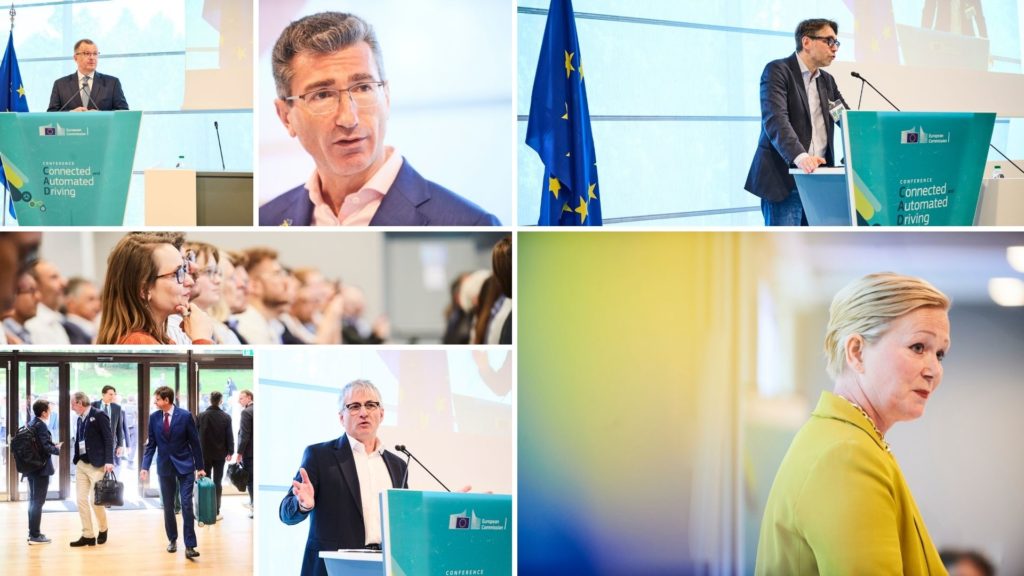
From research to action
A key moment of the conference was the CCAM Partnership plenary session, where the 30 EU-funded CCAM Partnership projects were introduced. Their first results were shared and it was emphasised that it is needed to pass these findings to the right people, such as cities, regions, and transport operators, so that they can put them into practice.
Speakers, including EC DG GROW Team Leader – Automated/Connected Vehicles and Safety Maria Cristina Galassi, CCAM Association Chair Christian Merkt, CCAM Association Vice-Chair Hamid Zarghampour, and Centre for Research & Technology Hellas (CERTH) President Evangelos Bekiaris, stressed that while Europe is strong in research, we now need to turn that research into real-life use. To do this, all stakeholders must stay committed.
To help with deployment, the European Commission is encouraging the setup of testbeds and preparing guidelines for Member States to allow more testing on public roads. The goal is a fully working European Single Market for automated vehicles.
Throughout the event, one thing was clear: CCAM is not just about technology. It’s about people. Sessions often focused on societal aspects like accessibility, trust, and how these systems can improve daily life.
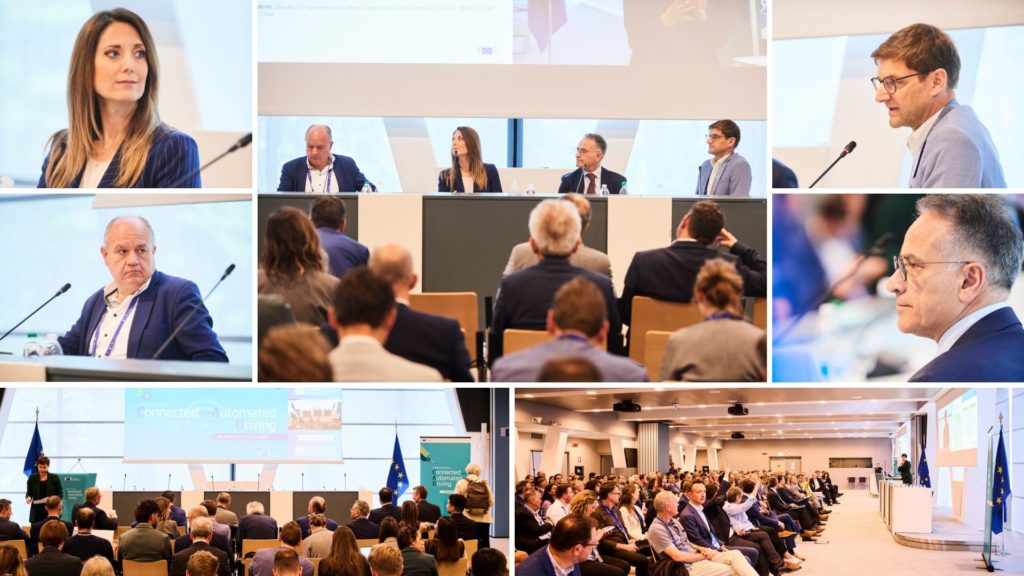
A hands-on experience
Participants could also visit an exhibition showing all 30 CCAM Partnership projects, with detailed displays of their goals, technologies, and early results. In addition, live demonstrations allowed attendees to experience automated and connected mobility first-hand, bringing the future of mobility out of the lab and onto the road.
Enabling technologies and key challenges
On the second day, CCAM Association Cluster Leaders hosted a session on the technologies enabling CCAM, including AI, data fusion, V2X communication, cloud computing, and software-defined vehicles.
One important question came up again and again: “How safe is safe enough?” The answer depends on more testing, especially in real-world settings, and on understanding where and how the vehicles will operate.
A big technical shift discussed was separating hardware and software development while ensuring they are co-designed to speed up development — but also brings new challenges, such as cybersecurity and long-term certification for updates.
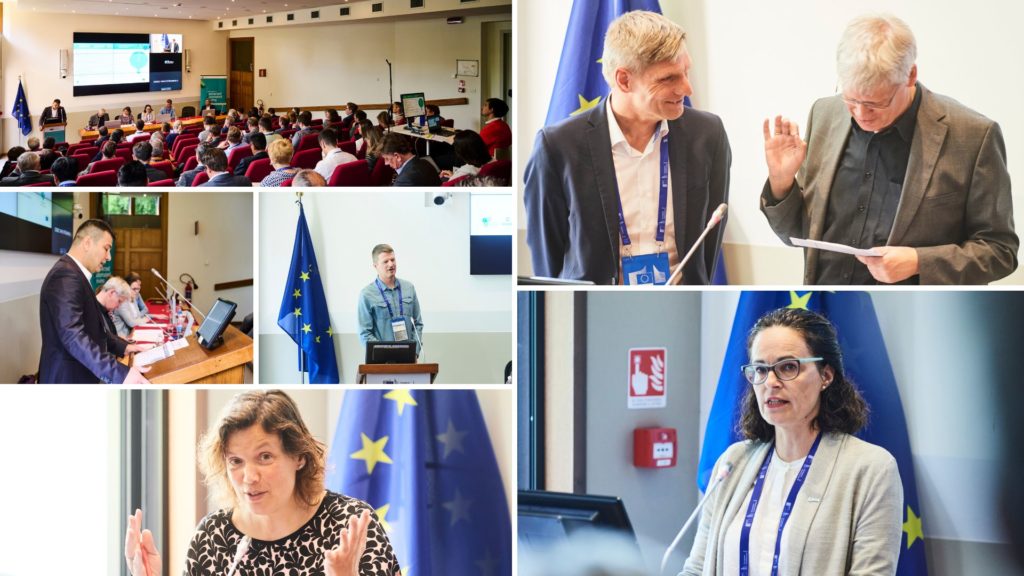
The role of EU Member States
While type-approval rules are set at the EU level, each Member State decides how vehicles can access their roads. Their involvement is critical to ensure a smooth rollout of CCAM services.
The European Forum for Automated Transport, launched by the Netherlands, is helping countries share lessons and best practices. It works well alongside the CCAM States Representatives Group (SRG), chaired by Tereza Cizkova, which aligns national and European research efforts.
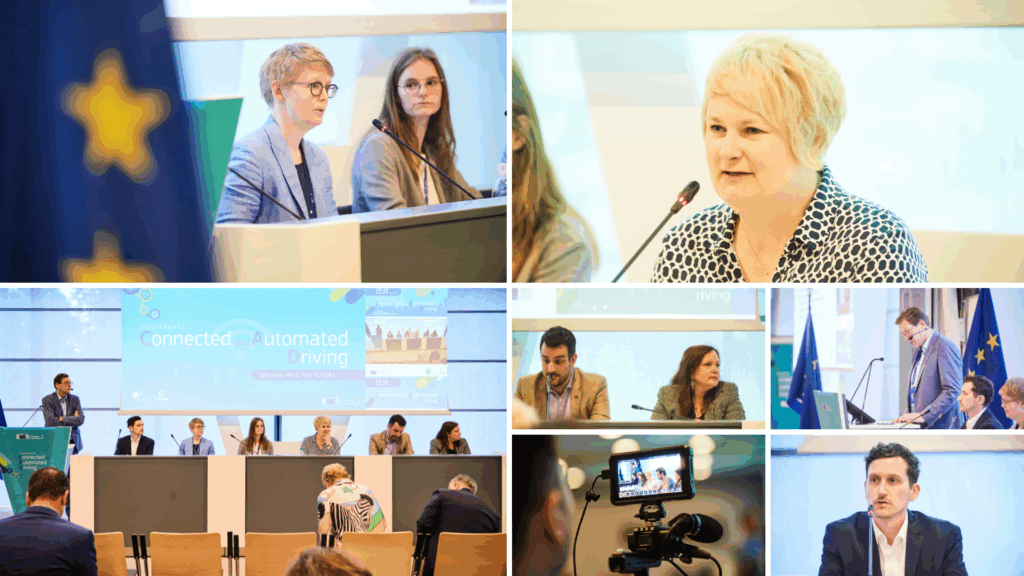
Driving toward sustainability
A new study by the EC JRC team — Biagio Ciuffo, Ada Garus, and Konstantinos Mattas, presented at the conference, looked at energy use for Level 3 and 4 automated vehicles. It showed that while these vehicles may use more energy individually, they can help lower overall energy demand and reduce travel time — especially in cities and on busy highways — if planned and used carefully.
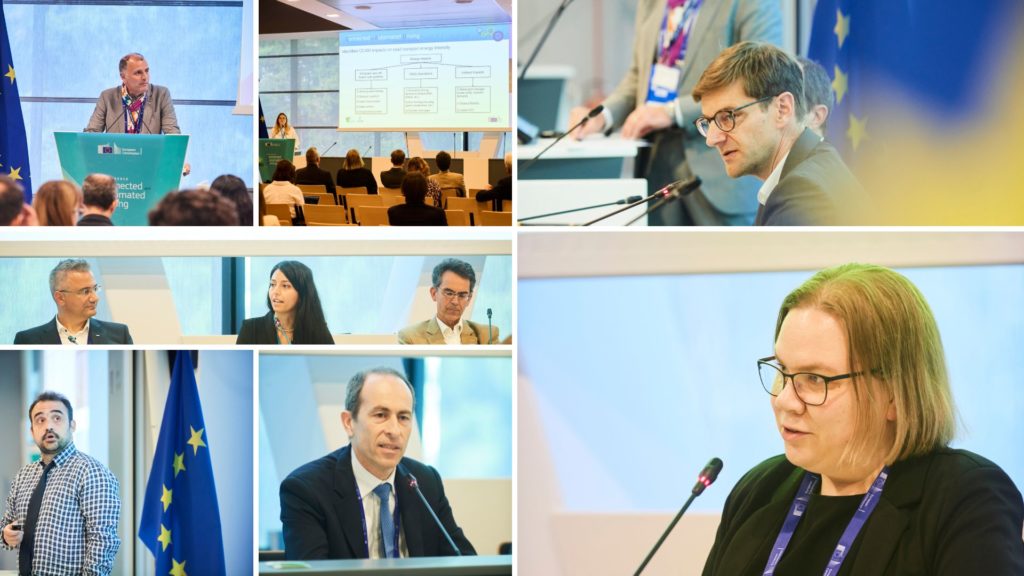
A big step forward for Europe
EUCAD2025 showed that Europe is ready to move forward. With high-level discussions, a full exhibition, live demos, and open conversations, the event created strong momentum toward making CCAM a reality.
Special thanks to the co-organisers for helping make the conference such a success.
Three days. Over 400 participants. More than 30 projects. 18 parallel sessions. One shared goal: connected and automated mobility for all.
Thank you to all speakers, participants, and project teams for your ideas, energy, and dedication at EUCAD2025.
